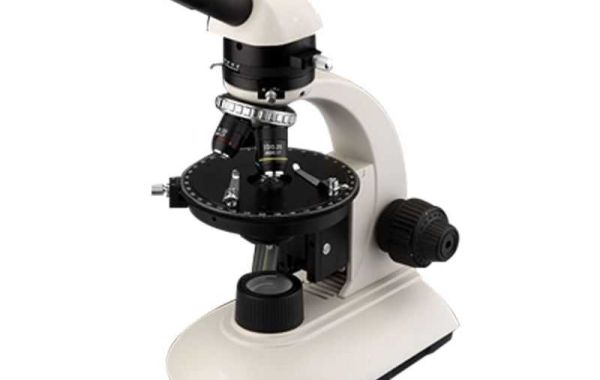Polarizing microscopes have a wide range of applications across various fields:
Geology
- Mineral Identification:Identifying minerals based on their unique optical properties, such as color, birefringence, and interference figures.
- Rock Texture Analysis:Studying the texture and fabric of rocks, which can provide information about their formation and history.
Materials Science
- Polymer Analysis:Examining the microstructure of polymers, including crystallinity, orientation, and defects.
- Fiber Analysis:Analyzing the properties of fibers, such as cotton, wool, and synthetic fibers.
Chemistry
- Crystallography:Studying the structure and properties of crystals.
- Organic Chemistry:Analyzing organic compounds, such as pharmaceuticals and dyes.
Biology
- Tissue Analysis:Examining the structure of tissues, such as muscle, bone, and nerve tissue.
- Cell Biology:Studying the structure and function of cells, particularly their cytoskeleton and organelles.
Pharmaceutical Science
- Drug Formulation:Analyzing the crystal structure and polymorphism of drugs.
- Quality Control:Ensuring the quality and purity of pharmaceutical products.








